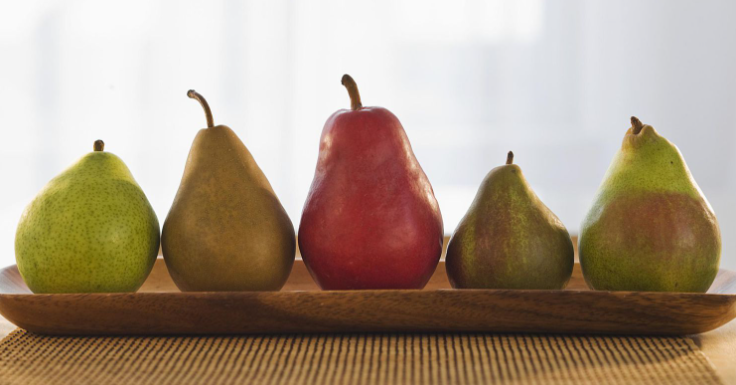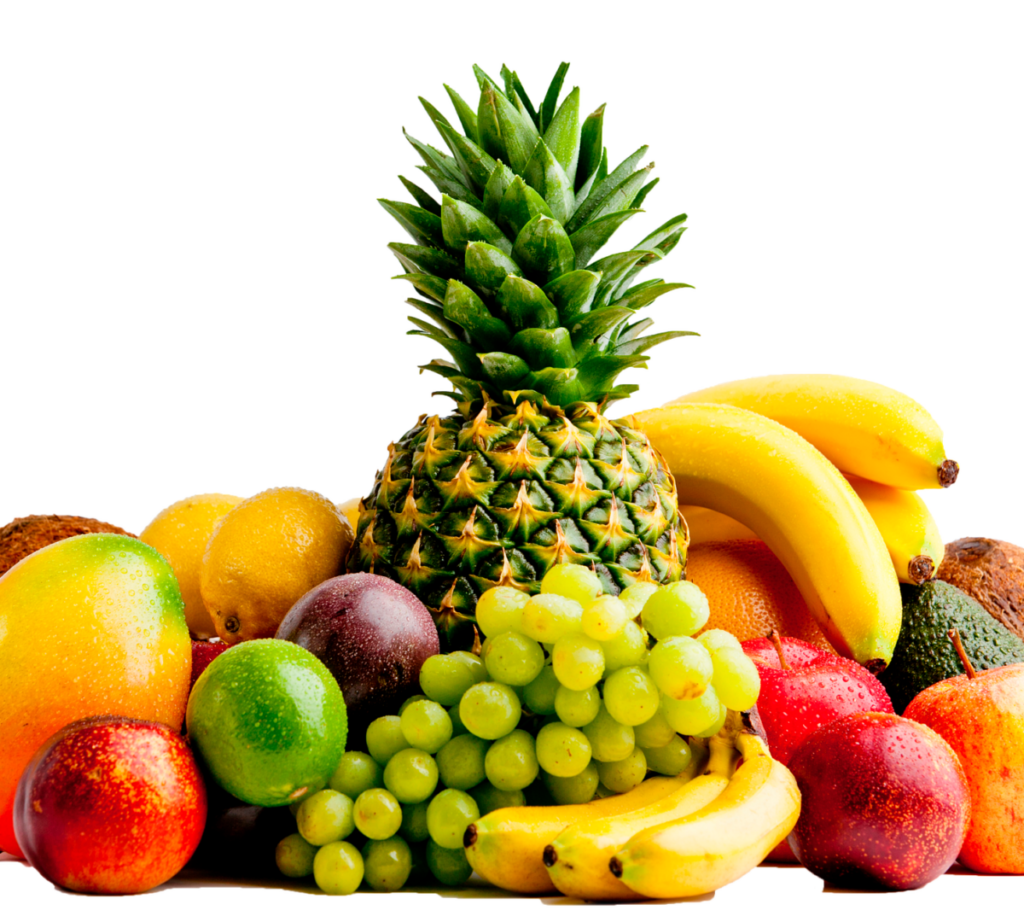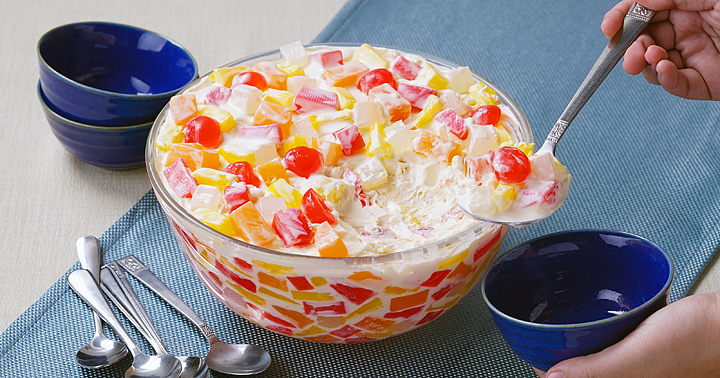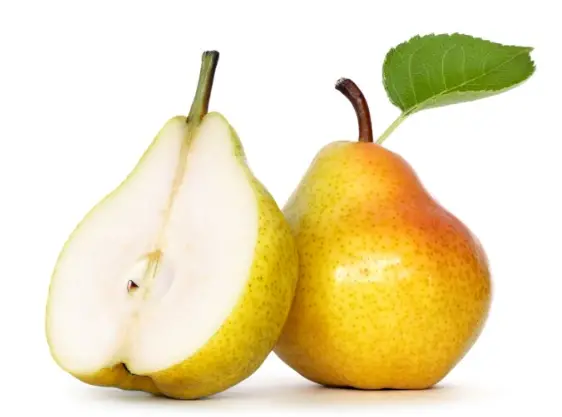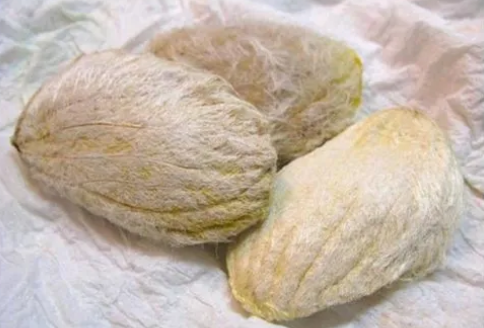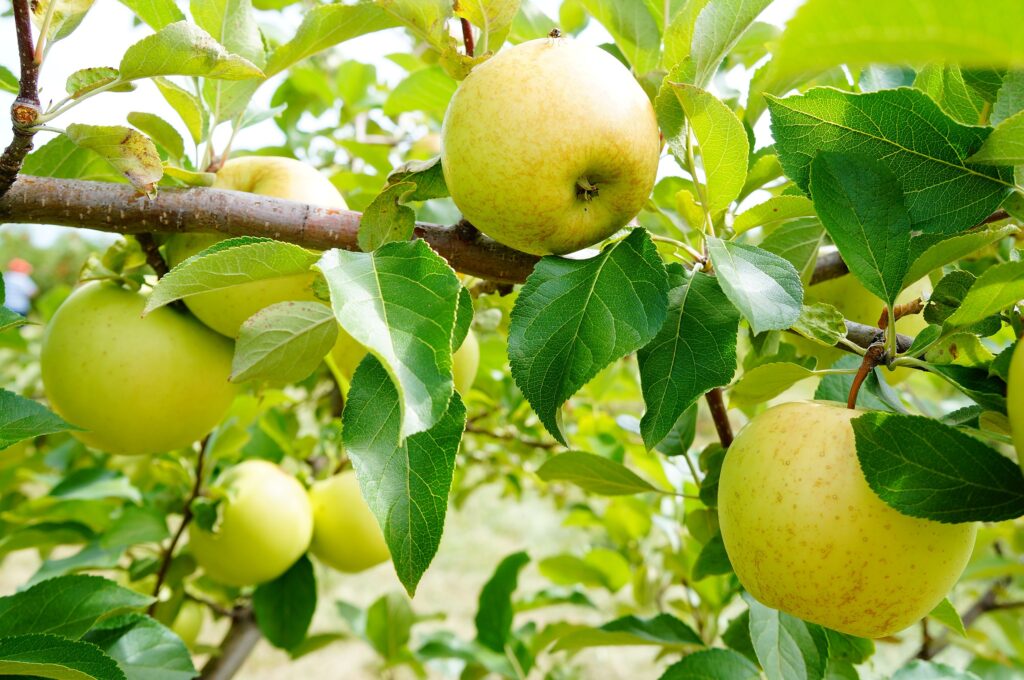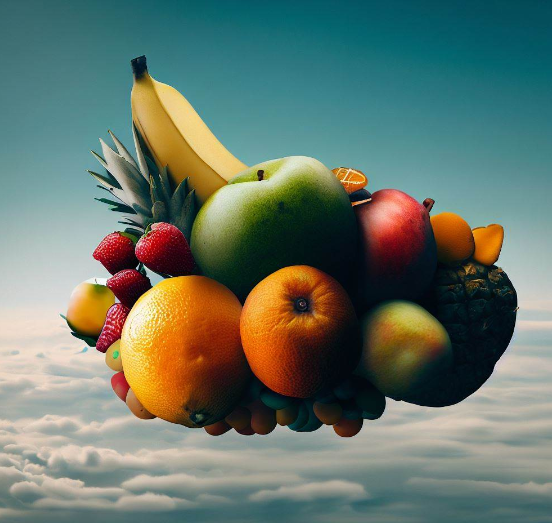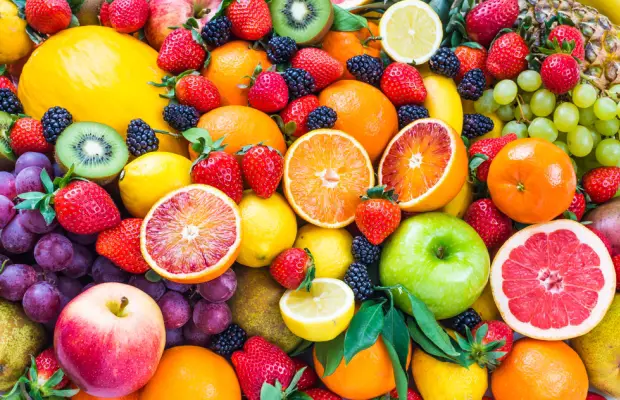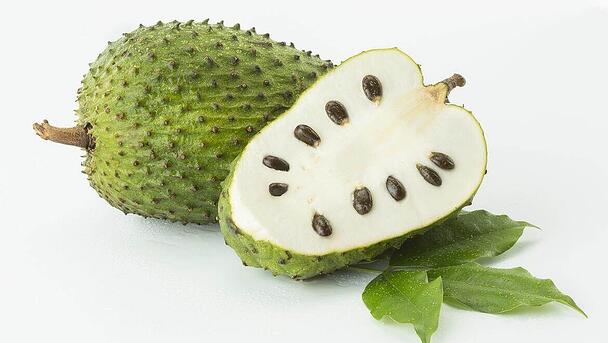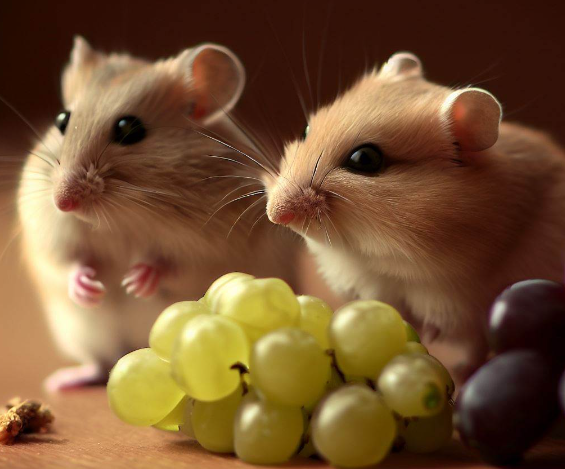Waiting for bananas to turn ripe and yellow but they just stay green? This can be annoying when you just want to enjoy their sweetness. Don’t worry, though! We will look into why bananas might not get yellow and share some great ways to make them ripen faster. Let’s first understand how bananas ripen.
Bananas get ripe with a hormone called ethylene. When bananas get older, they make more ethylene, which changes starches into sugars and gets rid of chlorophyll. This process makes bananas turn that nice yellow color and get soft and sweet.
Table of Contents
Reasons Why Bananas Stay Green
Several things might slow down the ripening process, such as:
1. Too Green Bananas
The simplest reason is that they may be very green.
Bananas are often picked green so they can survive the trip to stores. These bananas need time to ripen on their own, but don’t worry, we’ll share how to speed this up later.
2. Temperature
Bananas are picky about temperature. They ripen best at 60°F to 70°F (15°C to 21°C). If it’s too cold, like in a fridge, they ripen really slowly. If it’s hotter than 80°F (27°C), they might ripen too fast and get brown spots.
3. Not Enough Ethylene
Ethylene gas is naturally made by bananas and some other fruits like apples, avocados, and tomatoes, and it helps them ripen.
If bananas are kept away from these other fruits, they may take a bit longer to ripen. To speed it up, you can put bananas in a paper bag with an apple or a ripe tomato. These fruits give off ethylene, which helps the bananas ripen quicker.
4. Humidity
Humidity is also important for bananas to ripen right. They like about 85% humidity. If the air is too dry, bananas can lose water, which slows ripening. Try keeping bananas in a place that’s a bit moist, like in a bowl of fruit or in a container with a damp paper towel.
5. Different Banana Types
The type of banana can affect how long it takes to ripen. Some kinds just need more time and patience.
For example, plantains are often cooked while they’re green and hard. It’s good to know what kind of bananas you have and how long they usually take to ripen.
6. Picked Too Early
Sometimes, bananas are taken off the trees a bit too soon. This is common with bananas grown for selling because they need to last long during transport and in stores.
When picked too soon, bananas have more starch and less sugar. So, they might stay green longer and not get as sweet or yellow as they should.
How to Make Bananas Ripen Quicker
Knowing why bananas take time to turn yellow, here are some tricks to ripen them fast:
1. Use a Closed Space
Put your green bananas in a paper bag to trap the ethylene they make, which helps them ripen faster. If you add an apple or a ripe tomato, it’ll work even better.
2. Add Some Warmth
Put bananas where it’s warm, like near a window with sunlight. But be careful not to make it too hot, or they’ll over-ripen.
3. Air Them Out
Separate the bananas from their bunch. This improves airflow, reduces moisture buildup, and helps them ripen evenly.
4. Freeze Them
If you need them ripe in a day, try freezing the bananas after peeling them. Put them in a plastic bag and freeze overnight. When they thaw at room temperature, they’ll ripen quickly because freezing breaks down their cell walls.
5. Use Rice or Flour
It might sound surprising, but putting green bananas in a bag with uncooked rice or flour can make them ripen faster. Rice and flour soak up moisture and make more ethylene, speeding up the ripening.
In Conclusion
If your bananas aren’t turning yellow, it may be due to their ripeness level, temperature, ethylene, humidity, type, or if they were picked too early. But with the tips above, you can help your green bananas become ripe, yellow, and ready to eat!
